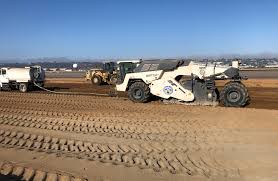Introduction:
Sand is an important building resource but must be bought with great care and attention to detail. It is a fine aggregate that has several applications, including but not limited to: concrete, backfill, gardening, surface treatments, and preventing the accumulation of snow and ice. Most people must understand that not all land is the same and that some are better for certain uses than others. It is important to know what kind of sand is best for building because it comes in different forms, making it good for different kinds of buildings.
What is Sand?
Sand is a type of granular substance made up of tiny fragments of rock and mineral. It is formed through weathering, erosion, and the breakdown of larger rocks over time. The particles that makeup sand range in size, typically falling within the range of 0.0625 to 2 millimeters in diameter. The composition of sand can vary depending on its source, but it is commonly made up of quartz, which is a hard and durable mineral. Other minerals such as feldspar, mica, shell fragments, and various organic materials may also be present in sand. The color of sand can vary, ranging from white to shades of yellow, brown, and even black, depending on the minerals present.

